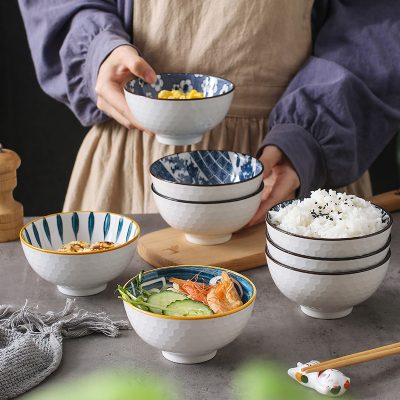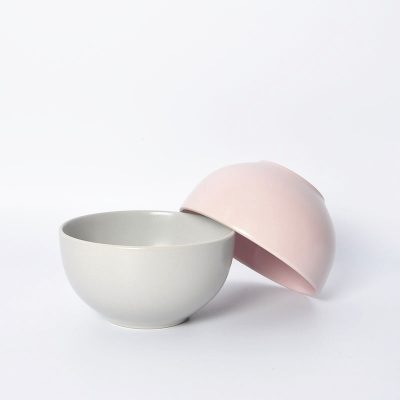“Crafting Beauty: The Art of Ceramic Bowls” encapsulates the intersection of craftsmanship, aesthetics, and functionality in the creation of ceramic bowls. This concept delves into the intricate process of transforming raw materials into exquisite vessels that not only serve utilitarian purposes but also captivate the senses with their artistic allure. Here’s an exploration of the key aspects within this concept:
- Skillful Craftsmanship: The creation of ceramic bowls involves a blend of traditional techniques and modern innovation. Skilled artisans employ methods such as hand-building, wheel-throwing, carving, and glazing to shape the clay into unique forms. The mastery of these techniques ensures that each bowl is a testament to the artist’s proficiency.
- Aesthetic Expression: Ceramic bowls are not mere functional objects; they are also artistic expressions. Artists infuse their creativity and vision into every aspect of the bowl’s design – from its shape and texture to the choice of colors and decorative elements. These choices convey emotions, stories, and cultural influences that connect with viewers on a deeper level.
- Balance of Form and Function: The art of crafting ceramic bowls requires a delicate balance between form and function. Artists consider the bowl’s intended use, ensuring that its shape, size, and features align with its purpose. Yet, they also infuse the piece with artistic elements that transcend its practicality, elevating it to a visual and tactile masterpiece.
- Material Transformation: Witnessing the transformation of raw clay into a refined ceramic bowl is a captivating journey. The process of molding, shaping, firing, and glazing showcases the alchemy of turning natural elements into objects of beauty. The kiln’s heat and the interaction of glazes create unique finishes that are impossible to replicate.
- Cultural and Historical Influences: The art of ceramic bowl-making often draws inspiration from cultural and historical contexts. Different cultures have distinct styles, motifs, and techniques that reflect their heritage. Artists may incorporate these elements to pay homage to tradition while adding their personal interpretation.
- Sensory Engagement: Ceramic bowls invite a sensory experience. The smoothness of the glaze, the weight in one’s hand, the visual intricacies of the design – all contribute to a multisensory encounter. Using and viewing these bowls becomes a tactile and visual journey.
- Functional Artistry: The concept of “Crafting Beauty” in ceramic bowls challenges the notion that art is separate from practicality. These bowls bridge the gap between functional items and art pieces, blurring the lines between aesthetics and utility.
In summary, “Crafting Beauty: The Art of Ceramic Bowls” celebrates the fusion of skilled craftsmanship, artistic ingenuity, and functional design. These bowls transcend their utilitarian role, becoming vessels that encapsulate the artist’s vision and the viewer’s appreciation of beauty. They embody the idea that art can be woven seamlessly into everyday life, enriching our experiences and surroundings.







